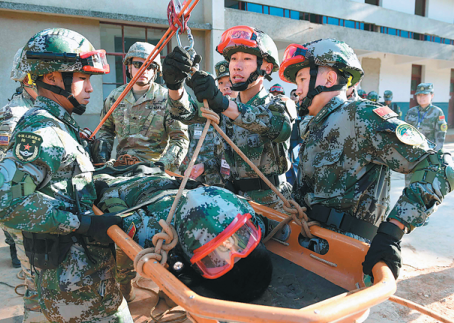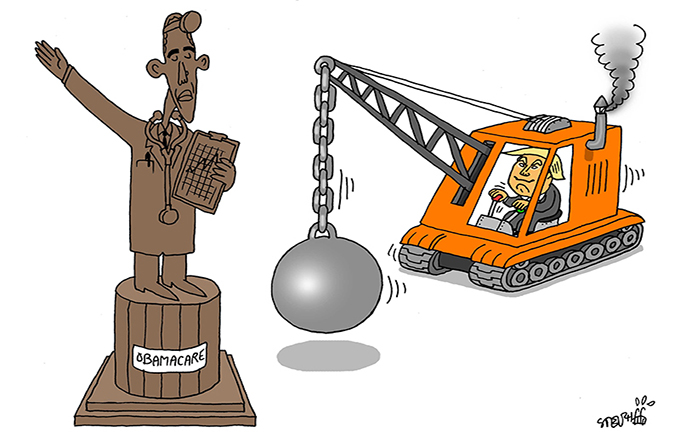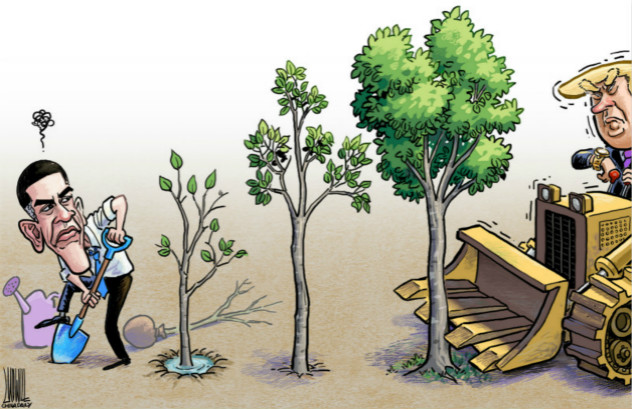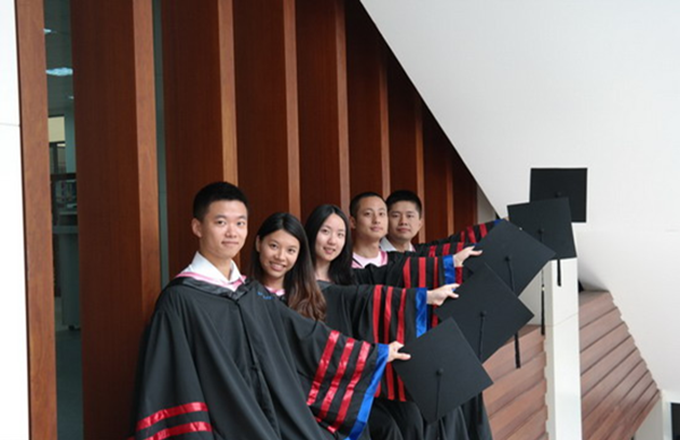China's policies on Asia-Pacific security cooperation
2. Improving the Regional Security Framework
The key to maintaining the long-term stability of the Asia-Pacific region is to build a security framework which is oriented to the future, accords with regional realities and meets all parties' needs.
First, the future regional security framework should be multi-layered, comprehensive and diversified. Countries in the Asia-Pacific region differ in their historical traditions, political systems, levels of development and security concerns. In this region there are ASEAN-led security cooperation mechanisms and platforms such as the SCO and CICA, as well as military alliances formed in history. Given such a diversity, a consistent security framework in this region is not foreseeable in the near future, and it will be normal to see multiple mechanisms advancing together in the evolution of a regional security framework. All the countries involved should play their respective roles in safeguarding regional peace and stability. China promotes the building of a security framework in the Asia-Pacific region, which does not mean starting all over again, but improving and upgrading the existing mechanisms.
Second, building the future security framework should be adopted as a common cause by all the countries in the region. As multi-polarity is becoming a global trend, regional security affairs should be decided by all the countries in the region through equal participation. The development of a regional security framework involves the common interests of all the countries in the region, and requires the active participation and contribution of all parties. The Asia-Pacific area is a region where major powers come into frequent contact and where their interests are concentrated. The major powers should jointly promote a regional security framework, so as to effectively deal with the increasingly complex security challenges in the region. Relevant bilateral military alliances should be made more transparent and avoid confrontation, so as to play a constructive role in the sphere of regional peace and stability.
Third, the future regional security framework should be based on consensus. It will be a long and gradual process to put in place such a framework, which cannot be completed overnight. All parties should continue to strengthen dialogue and cooperation, and steadily advance the development of a regional security framework on the basis of building consensus. At the current stage, the parties should continue to focus on non-traditional security cooperation, and start from the easier tasks before moving on to more difficult ones, so as to build trust and lay a solid foundation for the framework. Fourth, the development of a regional security framework should be advanced in parallel with the development of a regional economic framework. Security and development are closely linked and mutually complementary. Equal consideration should be given to both a security framework and an economic framework-the main components of the entire regional structure-to ensure their parallel development. On the one hand, the improvement of the security framework will help ensure a peaceful and stable environment for economic development; on the other, faster regional economic integration will provide solid economic and social support for the development of the security framework.
 |
|
Chinese soldiers demonstrate search and rescue skills to their US counterparts during a disaster relief exchange in Kunming, Yunnan province, in November. [Photo/Xinhua] |





















